Introduction
Raw feeding for pets has gained traction in recent years. Many pet owners believe it offers a more natural diet. However, safety is crucial when handling raw pet food. Improper practices can lead to health risks for both pets and their families. This article aims to provide essential best practices and safety tips for raw feeding.
To kick off your raw feeding journey, you might want to explore a handy Raw Dog Food Recipe Book. This book is packed with recipes that will make your dog drool and keep their tail wagging, ensuring you hit all the right nutritional notes!
Summary and Overview
Raw feeding involves providing pets with uncooked ingredients. Common components include raw meat, bones, fruits, and vegetables. The potential benefits are notable, such as improved coat health and increased energy levels. However, risks also exist, including bacterial contamination and nutritional imbalances. Emphasizing proper hygiene and safe handling practices is essential. This article will cover key topics, including what raw feeding entails, its benefits and risks, and guidelines for safe practices.
To keep your raw ingredients fresh and safe, consider investing in a Pet Food Storage Container. It keeps your pet’s food fresh and safe from pests, ensuring your furry friend gets the best of the best!
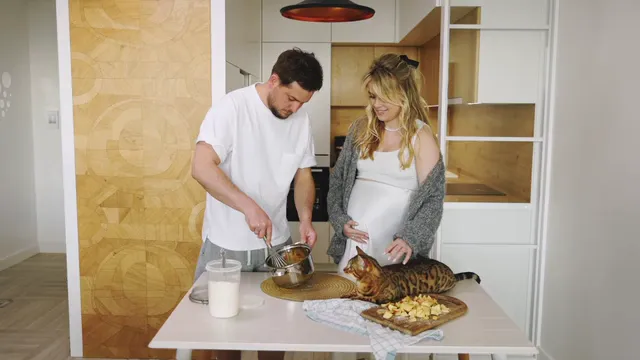
Understanding Raw Feeding
What is Raw Feeding?
Raw feeding refers to a diet consisting of uncooked food for pets, especially dogs and cats. This diet typically includes raw meat, bones, and certain fruits and vegetables. The concept gained popularity through the BARF diet, which stands for Bones and Raw Food. Raw diets have historical roots, mimicking what wild ancestors of pets would consume.
Pet owners can choose between homemade and commercially prepared raw diets. Homemade diets require careful planning to ensure nutritional balance. Statistics show that the raw feeding trend is on the rise, with a significant number of pet owners opting for these diets.
Many believe raw dog food leads to healthier pets, but it’s vital to consider the nutritional aspects. To ensure your pet gets the best nutrients, a High-Quality Pet Vitamins can be a game-changer!
Why Choose Raw Feeding?
Many pet owners are drawn to raw feeding for various reasons. They often believe it mimics a more natural diet. Common claims include shinier coats and improved digestion. These perceived benefits spark interest among pet parents. However, it’s essential to separate anecdotal evidence from scientific studies.
Some misconceptions surround raw feeding, such as the idea that it’s inherently superior. A balanced diet remains crucial for pet health. Without careful planning, raw diets can lead to nutritional deficiencies.
Statistics show that raw pet food sales are growing, reflecting a shift in pet nutrition trends. However, it’s vital to consult a veterinarian before making any dietary changes. They can provide guidance tailored to your pet’s needs. Always remember that a balanced diet is key to your pet’s well-being.
Speaking of balanced diets, a Pet Nutrition Handbook is a great resource for pet owners looking to dive deeper into proper feeding practices!
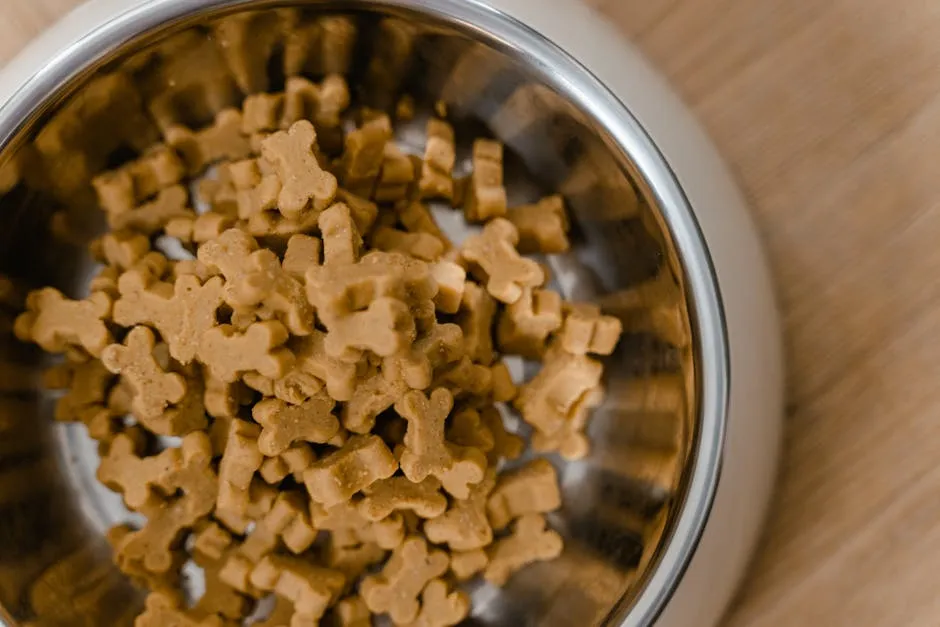
Managing Nutritional Balance
Feeding your pet a balanced raw diet is essential. Pets need various nutrients for optimal health. These include proteins, fats, vitamins, and minerals. A raw diet lacking these can lead to nutritional deficiencies.
Studies show that many homemade raw diets are unbalanced. One analysis found that 60% of raw food samples lacked essential nutrients. This can cause serious health issues, such as weakened immune systems or bone problems. It’s vital to ensure your pet gets all necessary nutrients.
Consulting a pet nutritionist can help you create a balanced meal plan. A nutritionist understands your pet’s specific needs, based on age, activity level, and health. They can guide you in selecting appropriate ingredients and supplements.
When considering a raw diet, remember that balance is key. Each meal should provide a complete range of nutrients. This ensures your pet thrives on a raw food regimen. Always prioritize your pet’s health by seeking professional advice.
And while you’re at it, why not check out some Dog Chew Toys? They’re perfect for keeping your pet entertained while you prepare their meals!

Handling and Feeding
Feeding raw food to pets safely is crucial. Start by creating designated feeding areas. This keeps raw food separate from other kitchen activities. Consider using a specific spot that can be easily cleaned.
Establishing a feeding schedule helps manage portion control. Measure food based on your pet’s needs. Overfeeding can lead to obesity and other health issues. Stick to consistent meal times for better digestion.
After feeding, clean up immediately. Remove any leftover food and sanitize the area. Bacteria can thrive in leftover raw food. Regular cleaning prevents cross-contamination and keeps your home safe.
For easy cleanup, consider using Dog Waste Bags. They make managing your pet’s business a breeze!
Statistics reveal a rise in illnesses related to improper feeding practices. Pet owners must be vigilant about hygiene. Maintaining a clean feeding environment protects both pets and families. Keep your pet healthy by being proactive about their feeding habits.
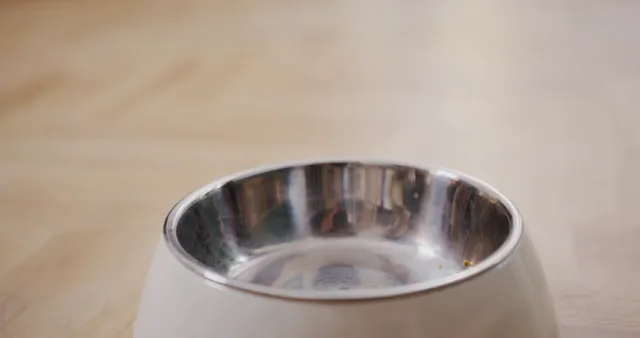
Health Risks Associated with Raw Feeding
Bacterial Contamination
Raw pet food can harbor harmful bacteria, such as Salmonella and E. coli. These pathogens can lead to serious health issues for both pets and humans. Symptoms of bacterial infections include vomiting, diarrhea, and fever. If you notice any of these signs in your pet, seek veterinary help immediately.
Children, the elderly, and those with weakened immune systems are particularly at risk. The Centers for Disease Control and Prevention (CDC) estimates that Salmonella causes about 1.2 million illnesses and 450 deaths annually in the United States. Many of these cases are linked to contaminated food.
Proper handling and hygiene are crucial to minimize these risks. Always wash your hands thoroughly after handling raw food. Additionally, use separate cutting boards and utensils for pet food to avoid cross-contamination.
To keep your pet safe and healthy, consider a Pet First Aid Kit. It’s a must-have for any pet owner!
Monitor your pets closely for any signs of illness after feeding them raw food. Early detection can make a significant difference in treatment outcomes. Keeping your family safe means being aware of the potential dangers associated with raw feeding.
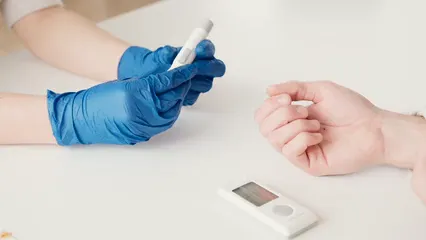
Parasite Risks
Feeding your pet raw food can expose them to various parasites. Common parasites associated with raw meat include tapeworms and protozoa. These parasites can lead to health problems, including gastrointestinal issues and weight loss.
Regular veterinary check-ups are essential for early detection of parasitic infections. A veterinarian can recommend appropriate testing and treatment options. It’s crucial to be proactive about your pet’s health, especially if they consume raw diets.
Prevention strategies include sourcing meat from reputable suppliers and freezing it before feeding. Freezing can kill certain parasites, reducing the risk of infection. Keeping your pet’s environment clean also helps limit exposure to parasites.
Statistics show that a significant percentage of raw diets may contain harmful parasites. This underscores the need for vigilance among pet owners. Regular vet visits for parasite screening can ensure your pet remains healthy and happy.
To keep your pet comfortable during travel, consider a Pet Carrier. It’s perfect for vet visits or family trips!
Encourage your friends and family to take these risks seriously by sharing your knowledge. Keeping pets safe from parasites is a shared responsibility that can lead to healthier lives for our furry companions.
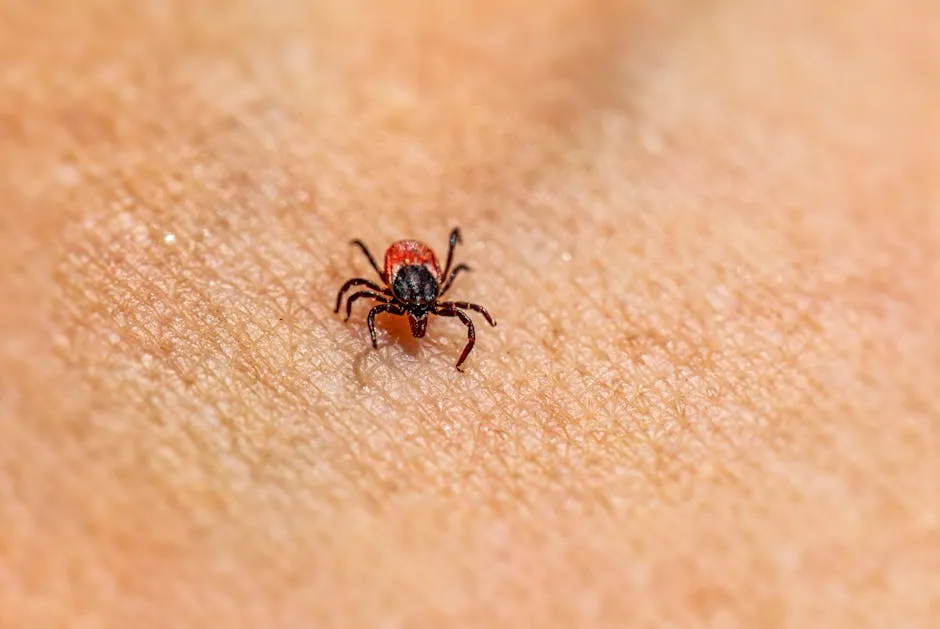
Conclusion
In conclusion, safe raw feeding practices are crucial for your pet’s health. We’ve discussed the importance of hygiene, balanced nutrition, and understanding health risks. Maintaining proper sanitation when handling raw food prevents contamination. Ensuring your pet’s diet is well-rounded with essential nutrients is vital. Always be aware of potential dangers like bacterial infections or nutritional deficiencies. It’s essential to make informed decisions about your pet’s diet. Consult with a veterinarian to tailor a plan that suits your pet’s specific needs. Investing time in research and professional advice leads to healthier, happier pets.
Also, if your pet enjoys the great outdoors, consider a Dog Life Jacket. It ensures their safety while they enjoy splashing around!
FAQs
Is raw feeding safe for pets?
Raw feeding can be safe if handled properly. Always ensure you follow strict hygiene measures. Wash your hands before and after preparing raw food. Use separate utensils and cutting boards for pet food. Properly store raw ingredients in the refrigerator or freezer. This helps prevent contamination and ensures safety for both pets and humans.
What are the benefits of a raw diet for dogs?
Many pet owners report health benefits from raw diets for dogs. Some claim improvements in coat condition, energy levels, and digestion. Anecdotal evidence suggests dogs on raw diets may have healthier skin and cleaner teeth. However, scientific studies are limited. Always consult your vet to discuss potential benefits tailored to your dog’s needs.
How can I ensure my pet receives balanced nutrition on a raw diet?
To provide balanced nutrition, consult a pet nutritionist or veterinarian. They can help you create a meal plan that meets your pet’s specific needs. Include a variety of proteins, organs, and bones in their diet. Consider supplements if necessary to cover any nutritional gaps. Regularly evaluate your pet’s health to ensure the diet remains suitable.
What are the risks of feeding raw food to pets?
Feeding raw food carries risks, such as bacterial contamination and nutritional imbalances. Common bacteria include Salmonella and E. coli, which can affect both pets and humans. Additionally, homemade diets may not meet all nutritional requirements, leading to deficiencies. It’s essential to follow safe handling practices and consult a veterinarian before making dietary changes.
Can I mix raw food with commercial pet food?
Mixing raw food with commercial kibble is possible but requires caution. If you choose to do so, ensure the raw food is safe and properly handled. Consider the nutritional content of both diets to avoid imbalances. Monitor your pet’s health closely when introducing new foods. Consult your vet about the best approach for your pet.
How should I transition my pet to a raw diet?
To transition your pet to a raw diet, start gradually. Begin by mixing a small amount of raw food with their current diet. Increase the raw portion over several days or weeks. Monitor your pet for any digestive issues during the process. Always consult your veterinarian for personalized guidance on the transition.
Please let us know what you think about our content by leaving a comment down below!
Thank you for reading till here 🙂
For a comprehensive understanding of raw feeding, you can refer to this raw feeding guide.
All images from Pexels





